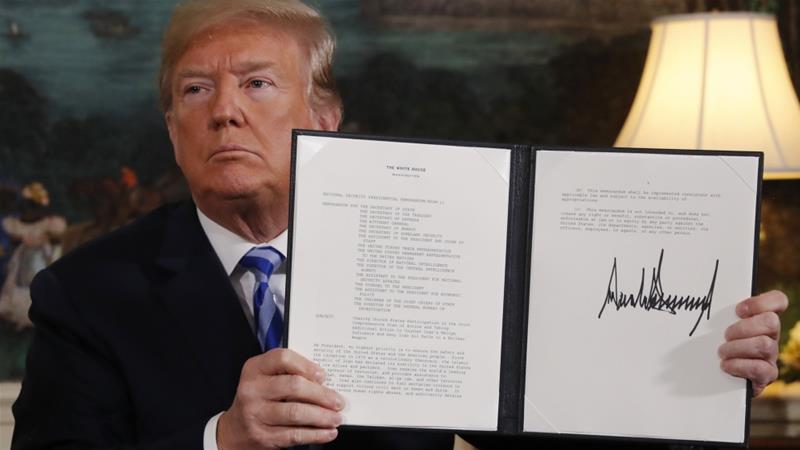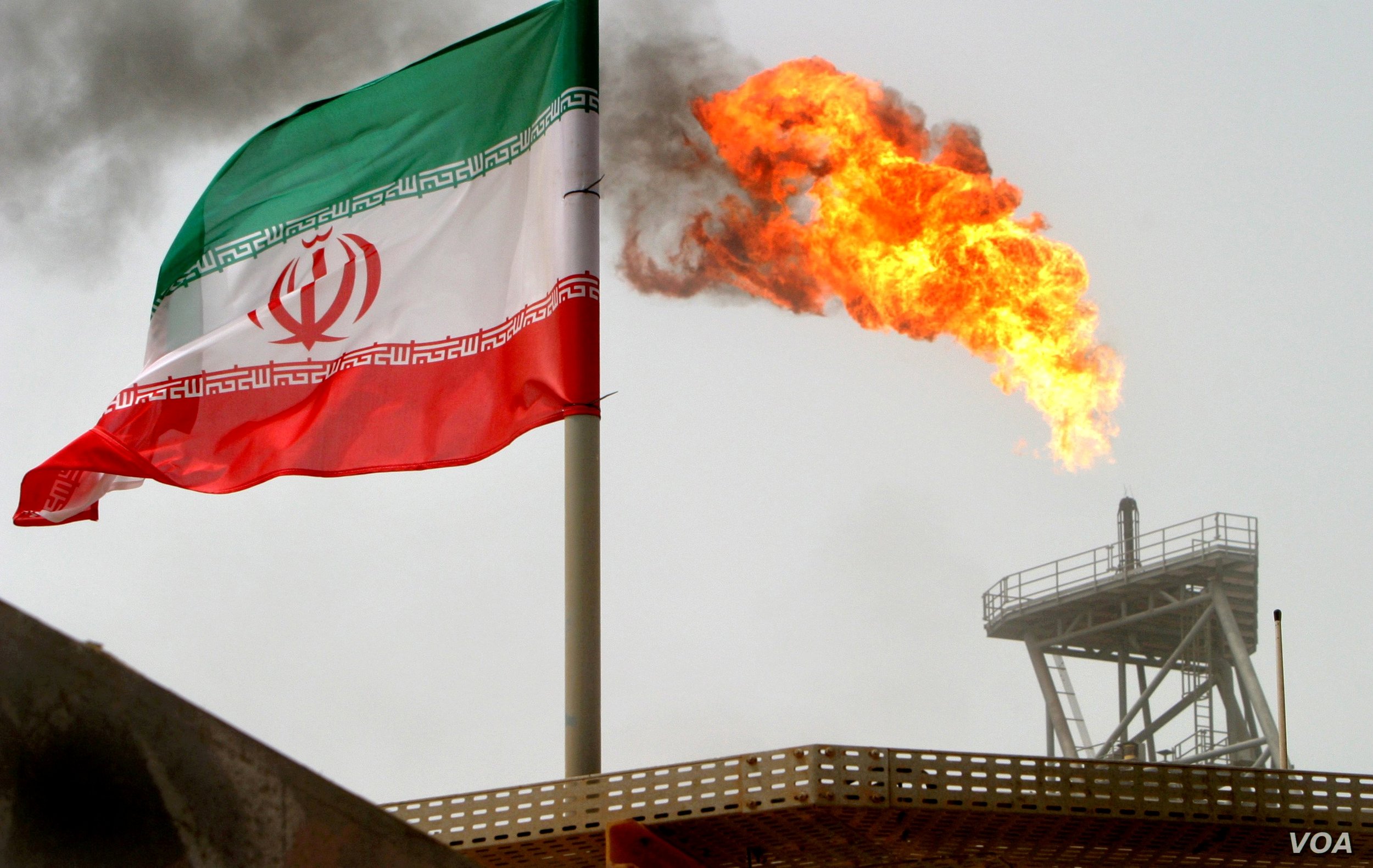Risk of Shooting War with Iran Grows After Decades of Economic Warfare by the US By David Cortright
Many are worried about the risk of war between the U.S. and Iran. But the truth is, the U.S. has been fighting with Iran for decades in an economic war waged via sanctions.
Concerns about a war of guns, warplanes and missiles grew after Iran shot down a U.S. spy drone amid already worsening tensions. President Donald Trump says he ordered a retaliatory strike in response – only to reverse course at the last minute.
Whether or not a shooting war does break out, the United States’ economic war has already been intensifying over the past year, devastating innocent Iranians. Not only that, it’s undermining long-accepted principles of international cooperation and diplomacy, a topic I’ve been researching for the past 25 years.
Photo by Jonathan Ernst/ Reuters
Carrots and sticks
Many nations have recognized that sanctions work best as tools of persuasion rather than punishment.
Sanctions by themselves rarely succeed in changing the behavior of a targeted state. They are often combined with diplomacy in a carrots-and-sticks bargaining framework designed to achieve negotiated solutions.
Indeed, the offer to lift sanctions can be a persuasive inducement in convincing a targeted regime to alter its policies, as was the case when successful negotiations involving the U.S. and Europe led to the Iran nuclear deal in 2015. That deal ended sanctions in exchange for Tehran shutting down much of its nuclear production capacity.
A year ago Trump withdrew the U.S. from that accord and not only reimposed previous sanctions but added further restrictions, including so-called secondary sanctions that penalize other countries for continuing to trade with Iran.
Multilateral vs unilateral sanctions
In an increasingly globalized world, unilateral sanctions like these – in which one country goes it alone – are rarely effective at achieving their end result, which in this case is regime change.
Multilateral sanctions involving several or many countries have greater impact and make it more difficult for targeted individuals or regimes to find alternative sources of oil or other goods. And getting authorization through the United Nations or regional organizations provides legal and political cover.
When the U.N. Security Council imposed targeted sanctions on Iran in 2006 over its illicit nuclear activities, for example, members of the European Union were able to join the U.S. and other countries in applying pressures that brought Iran to the bargaining table. That’s what led to the negotiated nuclear deal nine years later.
The U.S. circumvented this voluntary multilateral process when it withdrew from the accord and unilaterally imposed “extraterritorial secondary sanction.” These barred nations or companies that buy Iranian oil or other sanctioned products from doing business in the U.S.
Although most countries disagree with the U.S. withdrawal from the Iran deal and some reject such sanctions as an infringement on their own sovereignty, they are powerless. They cannot afford to lose access to dollar financing and the U.S. economy and thus are forced against their will to do Washington’s bidding.
Iranians pay the price
And the Iranian people are paying the price.
Oil exports and national income are dropping, inflation is rising and economic hardships are mounting. The Iranian rial lost more than 60%of its value in the last year, eroding the savings of ordinary Iranians.
Life is becoming increasingly difficult for working families struggling to make ends meet. There are indications that the new sanctions are inhibiting the flow of humanitarian goods and contributing to shortagesin specialized medicines to treat ailments such as multiple sclerosis and cancer.
Cargill and other global food giants have halted shipments to Iran because of the lack of available financing.
Punishment of the Iranian people seems to be a deliberate policy. When asked recently how the administration expects sanctions to change the behavior of the Iranian government, Secretary of State Mike Pompeo acknowledged they won’t be able to do that and instead suggested it’s up to the people to “change the government.”
In other words, the pain of sanctions will force people to rise up and overthrow their leaders. This is as naïve as it is cynical. It reflects the long-discredited theory that sanctioned populations will direct their frustrations and anger at national leaders and demand a change in policy or the regime. Sanctions have never worked for this purpose.
The more likely result is the classic “rally around the flag” effect. Iranians are critical of their government’s economic policies, but they also blame Trump for the hardships resulting from sanctions. Governments subjected to sanctions are adept at blaming economic hardships on their external adversaries, as Iran’s religious and elected leaders are doing now against the United States.
Tehran is likely to respond to tightening sanctions by giving greater authority to companies associated with the Iranian Revolutionary Guard Corps, a major branch of the Iranian military, further empowering the very hard-line forces Washington claims to oppose.
The White House is ignoring these realities and maintaining draconian sanctions, while threatening and making preparations for military strikes, hoping that economic pain and military pressure will make Iran’s leaders cry uncle. There is no sign of surrender yet from Tehran, nor is there likely to be, until the two sides pull back from the brink and agree to negotiate a diplomatic settlement.
David Cortright is Director of Policy Studies at the Kroc Institute for International Peace Studies at the University of Notre Dame
This article originated at The Conversation








